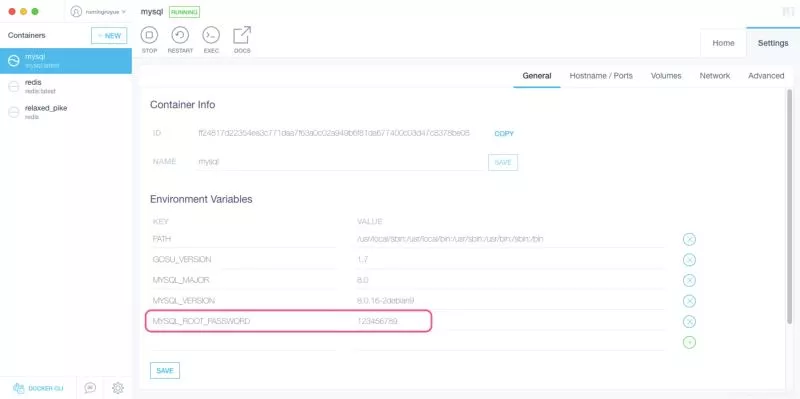当前位置:网站首页>【通信】两层无线 Femtocell 网络上行链路中的最优功率分配附matlab代码
【通信】两层无线 Femtocell 网络上行链路中的最优功率分配附matlab代码
2022-07-06 15:53:00 【Matlab科研工作室】
1 简介
In this thesis, the problem of efficient power allocation in the uplink of two-tier closed-access femtocell networks is addressed. Specifically, a single CDMA macrocell is assumed, where Ν femtocells reside within the macrocell. Within the proposed framework, which supports multiple services, appropriate utility functions are adopted to reflect users’ degree of satisfaction with respect to their actual throughput requirements and the corresponding power consumption. The overall problem is formulated as a non-cooperative game where users aim selfishly at maximizing their utility-based performance while taking into account the interference caused by both the CDMA macrocell and the neighbouring femtocells.
The existence and uniqueness of a Nash equilibrium point of the proposed Multi Service Two-Tier Power Control Game with Pricing (MTTPG) is proven, at which all users have achieved a targeted SINR threshold value or transmit with their maximum power, leading essentially to an SINR-balanced system. Moreover, a distributed iterative algorithm for reaching MTTPG game’s equilibrium is provided. Finally, the operational effectiveness of the proposed approach is evaluated through modeling and simulation, while its superiority is illustrated via presenting various scenarios of the proposed framework.
The surest way to increase the system capacity of a wireless link is by getting the transmitter and receiver closer to each other, which creates the dual benefits of higher quality links and more spatial reuse. In a network with nomadic users, this inevitably involves deploying more infrastructure, typically in the form of microcells, hotspots, distributed antennas, or relays. A less expensive alternative is the recent concept of femtocells – also called home base-stations (HBS), home node-stations (HNB) or FAPs (Femto Access Points) – which are data access points installed by home users to get better indoor voice and data coverage (Chandrasekhar & Andrews, 2008).
The demand for higher data rates in wireless networks is unrelenting, and has triggered the design and development of new data-minded cellular standards such as WiMAX (802.16e), 3GPP’s High Speed Packet Access (HSPA) and LTE standards, as well as the 3GPP2’s EVDO and UMB standards. Moreover, Wi-Fi networks are nowadays the de facto standard in wireless data communications since they can provide the high transmission rates demanded by the consumers in indoor buildings for Internet services. Although the Wi-Fi networks will not be able to support the same level of mobility and coverage as the cellular standards, to be competitive for home and office use, cellular data systems will need to provide service roughly comparable to that offered by the Wi-Fi networks. Studies on wireless usage show that more than 50 percent of all voice calls and more than 70 percent of data traffic originate indoors and thus, cellular networks must meet the expectations of both kinds of user services (Chandrasekhar & Andrews, 2008).
The growth in wireless capacity is exemplified by this observation from Martin Cooper of Arraycomm: “The wireless capacity has doubled every 30 months over the last 104 years”. This translates into an approximately million-fold capacity increase since 1957. Breaking down these gains shows a 25x improvement from wider spectrum, a 5x improvement by dividing the spectrum into smaller slices, a 5x improvement by designing better modulation schemes, and a whopping 1600x gain through reduced cell sizes and transmit distance. This reduction of the cell boundaries was done gradually, starting from the microcells (with a radius of a few hundred meters), then the relays that functioned as small base stations which provided service for places where the central macrocell could not have satisfactory cover and reaching the femtocells today (Andrews, Claussen, Dohler, Rangan, & Reed, 2012).
Figure 1: A macrocell deployed with 5 femtocells for better network coverage
While the femtocells can be installed easily by the home users, have a low transmission power and can cover a small-radius distance, they also allow the network provider to greatly improve the indoors coverage, especially in places such as apartments, metro stations, company offices, etc. Moreover, by assigning the indoor users to femtocells, the macrocell can distribute its resources to less users and thus improve their service quality. So, not only can femtocells contribute to the improvement of the network’s indoor coverage but also to its overall throughput (see Figure 1). Regarding the communication of the femtocells with the rest of the cellular network, this can be done over an existing broadband connection such as the digital subscriber line (DSL), via the cable modem (IP backhaul) or by a separate radio frequency (RF) backhaul channel (see Figure 2).
Femtocells are compatible with cell phones, personal computers and generally every 3G-enabled device. Due to their short transmit-receive distance, femtocells can greatly lower transmit power, prolong handset battery life, and achieve a higher signal-to-interference-plus-noise ratio (SINR). All these translate into improved reception – the so-called five-bar coverage – and higher capacity. Because of the reduced interference, more users can be packed into a given area in the same region of spectrum, thus increasing the area spectral efficiency, or equivalently, the total number of active users per Hz per unit area. Lastly, the cost benefit of deploying femtocells is huge because it reduces the operating and capital expenditure costs for the network operators. A typical urban macrocell costs upwards of $1000/month in site lease, and additional costs for electricity and backhaul. In the future, the macrocell network will be stressed by the operating expenses, especially when the subscriber growth does not match the increased demand for data traffic. The deployment of femtocells will reduce the need for adding macro-BS towers. Recent studies show that the operating expenses scale from $60,000/year/macrocell to just $200/year/femtocell (Chandrasekhar & Andrews, 2008).
Figure 2: Communication of the FAP device with the ISP via DSL and cable broadband connections
1.1 Spectrum Assignment Policies and Interference in Femtocells
Femtocells have critical effects on the performance of mobile networks. While adding femtocells will produce huge benefits for both the operators and the users, a careful preparation should take place regarding the spectrum allocation because without unique spectrum for the femtocell or very careful spectrum planning in the network, femtocells could suffer from severe interference problems (Abdulrahman & Ahmad, 2012). In a Two-Tier Cellular Network (one that has both macrocells and femtocells deployed) there exist two types of interference:
1.Cross-Tier interference: This type of interference is caused between different tier users – that is between a femto-user and a macro-user.
2.Co-Tier interference: This type of interference is caused between users of the same kind of cell – that is between two macro-users or between neighboring femtocells.
Considering the above categorization, three different approaches – spectrum assignment policies – have been proposed to solve the issue of spectrum allocation in Two-Tier Networks (Mesodiakaki, 2011):
1.Dedicated Spectrum: In this case, different frequencies are assigned to femtocells and macrocell. Thus, the cross-tier interference is completely avoided, since the two tiers operate in different channels. On the other hand, this policy results in smaller spectral efficiency since the cells of a tier can only have access to a subset of the total available bandwidth.
2.Shared Spectrum: In this case, maximum spectrum allocation is achieved since all cells (femto and macro) share the same bandwidth and thus have access to all available network resources. However, in such an implementation, the cross-tier interference could degrade the overall performance of the system if it is not effectively addressed. There exist two sub-policies regarding the channel assignment between femtocells and macrocell when we have a shared spectrum policy:
a.Orthogonal assignment: The frequency channel that a macro-user uses is orthogonal with the one assigned to a femto-user (OFDMA) and thus, while sharing the same spectrum, there is no interference between the two users.
b.Co-channel assignment: Every user can be assigned any frequency channel simultaneously and the separation of the users’ signals is done by code-division (simple CDMA).
Figure 3: The 3 Spectrum Assignment Policies: Dedicated Spectrum, Partially Shared Spectrum and Shared Spectrum
3.Partially Shared Spectrum: This case is considered a middle ground solution between the previous 2 policies since the macrocell has access to all the spectrum while the femtocells operate only on a subset of it. It is considered the best spectrum assignment policy because:
a.The spectral efficiency achieved is even better than the one from the shared spectrum case and
b.It is possible to reduce the cross-tier interference since the macro-users that suffer (or even cause) such interference can use the exclusively dedicated to the macrocell bandwidth – something which the macro-users in the shared spectrum policy simply cannot do (see Figure 3).
2 部分代码
<span style="color:#333333"><span style="background-color:rgba(0, 0, 0, 0.03)"><code><span style="color:#afafaf">%</span> <span style="color:#dd1144">NTUA Thesis code</span></code><code><span style="color:#afafaf">%</span> <span style="color:#dd1144">John Zobolas, May 2013</span></code><code></code><code>function <span style="color:#dd1144">femtopower</span></code><code> format <span style="color:#dd1144">long;</span></code><code> global <span style="color:#dd1144">results;</span></code><code> results = <span style="color:#dd1144">cell(1,10);</span></code><code> </code><code> <span style="color:#afafaf">%</span> <span style="color:#dd1144">the "standard" coordinates of the FAPs</span></code><code> x = <span style="color:#dd1144">[200 400 400 700 600 600 300 850 800 200 600 800 500 200 100 400 700 900];</span></code><code> y = <span style="color:#dd1144">[500 300 600 600 800 200 800 400 800 200 400 200 900 700 350 100 300 550];</span></code><code> <span style="color:#afafaf">%</span> <span style="color:#dd1144">Uncomment the below to get a random placement of the FAPs inside the Macrocell</span></code><code> <span style="color:#afafaf">%x</span> = <span style="color:#dd1144">randi([150 850],1,30);</span></code><code> <span style="color:#afafaf">%y</span> = <span style="color:#dd1144">randi([150 850],1,30);</span></code><code> <span style="color:#afafaf">%length(x)</span> = <span style="color:#dd1144">18;</span></code><code> xf = <span style="color:#dd1144">zeros(1,36);</span></code><code> yf = <span style="color:#dd1144">zeros(1,36);</span></code><code> for <span style="color:#dd1144">i=1:18</span></code><code> while <span style="color:#dd1144">true</span></code><code> random = <span style="color:#dd1144">2*randi([-18 18],1,4);</span></code><code> if <span style="color:#dd1144">all(random) % no zeros</span></code><code> break;</code><code> end</code><code> end</code><code> <span style="color:#afafaf">xf(2*i-1)</span> = <span style="color:#dd1144">x(i)+random(1);% NRT users</span></code><code> <span style="color:#afafaf">yf(2*i-1)</span> = <span style="color:#dd1144">y(i)+random(2);</span></code><code> <span style="color:#afafaf">xf(2*i)</span> = <span style="color:#dd1144">x(i)+random(3);% RT users</span></code><code> <span style="color:#afafaf">yf(2*i)</span> = <span style="color:#dd1144">y(i)+random(4);</span></code><code> end</code><code> </code><code></code><code>end</code><code></code><code>function <span style="color:#dd1144">circle(x,y,r,color)</span></code><code> th = <span style="color:#dd1144">0:pi/500:2*pi;</span></code><code> xunit = <span style="color:#dd1144">r * cos(th) + x;</span></code><code> yunit = <span style="color:#dd1144">r * sin(th) + y;</span></code><code> <span style="color:#afafaf">plot(xunit,</span> <span style="color:#dd1144">yunit, color);</span></code><code>end</code><code></code></span></span>3 仿真结果




4 参考文献
[1]郑成锵. Femtocell双层网络中上行链路功率控制方法的研究[D]. 南京邮电大学.
博主简介:擅长智能优化算法、神经网络预测、信号处理、元胞自动机、图像处理、路径规划、无人机等多种领域的Matlab仿真,相关matlab代码问题可私信交流。
部分理论引用网络文献,若有侵权联系博主删除。
边栏推荐
- asp读取oracle数据库问题
- (1)长安链学习笔记-启动长安链
- Win11怎么恢复传统右键菜单?Win11右键改回传统模式的方法
- 儿童睡衣(澳大利亚)AS/NZS 1249:2014办理流程
- mysql查看表结构的三种方法总结
- The worse the AI performance, the higher the bonus? Doctor of New York University offered a reward for the task of making the big model perform poorly
- JS addition, deletion, modification and query of JSON array
- 【全网首发】Redis系列3:高可用之主从架构的
- Let's see through the network i/o model from beginning to end
- 华为云GaussDB(for Redis)揭秘第21期:使用高斯Redis实现二级索引
猜你喜欢

mysql连接vscode成功了,但是报这个错

每人每年最高500万经费!选人不选项目,专注基础科研,科学家主导腾讯出资的「新基石」启动申报...
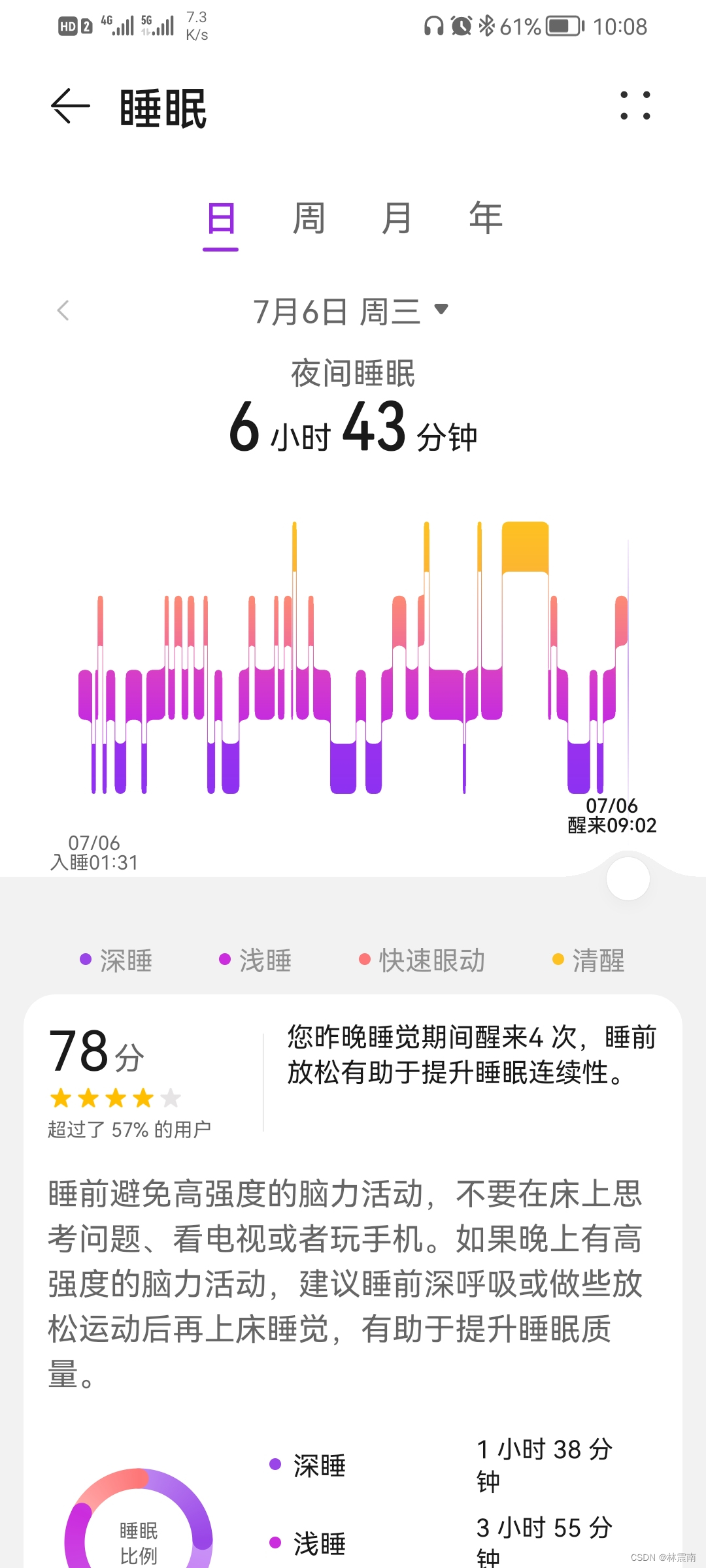
今日睡眠质量记录78分
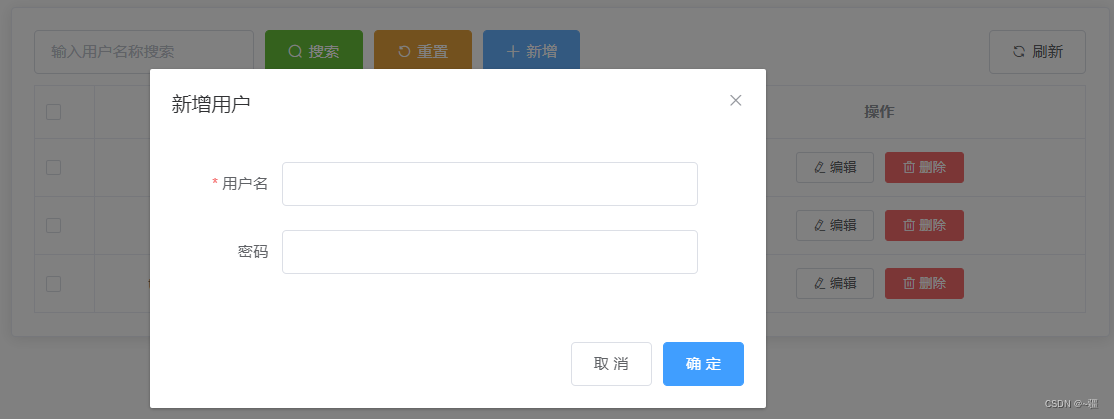
Koa2 addition, deletion, modification and query of JSON array
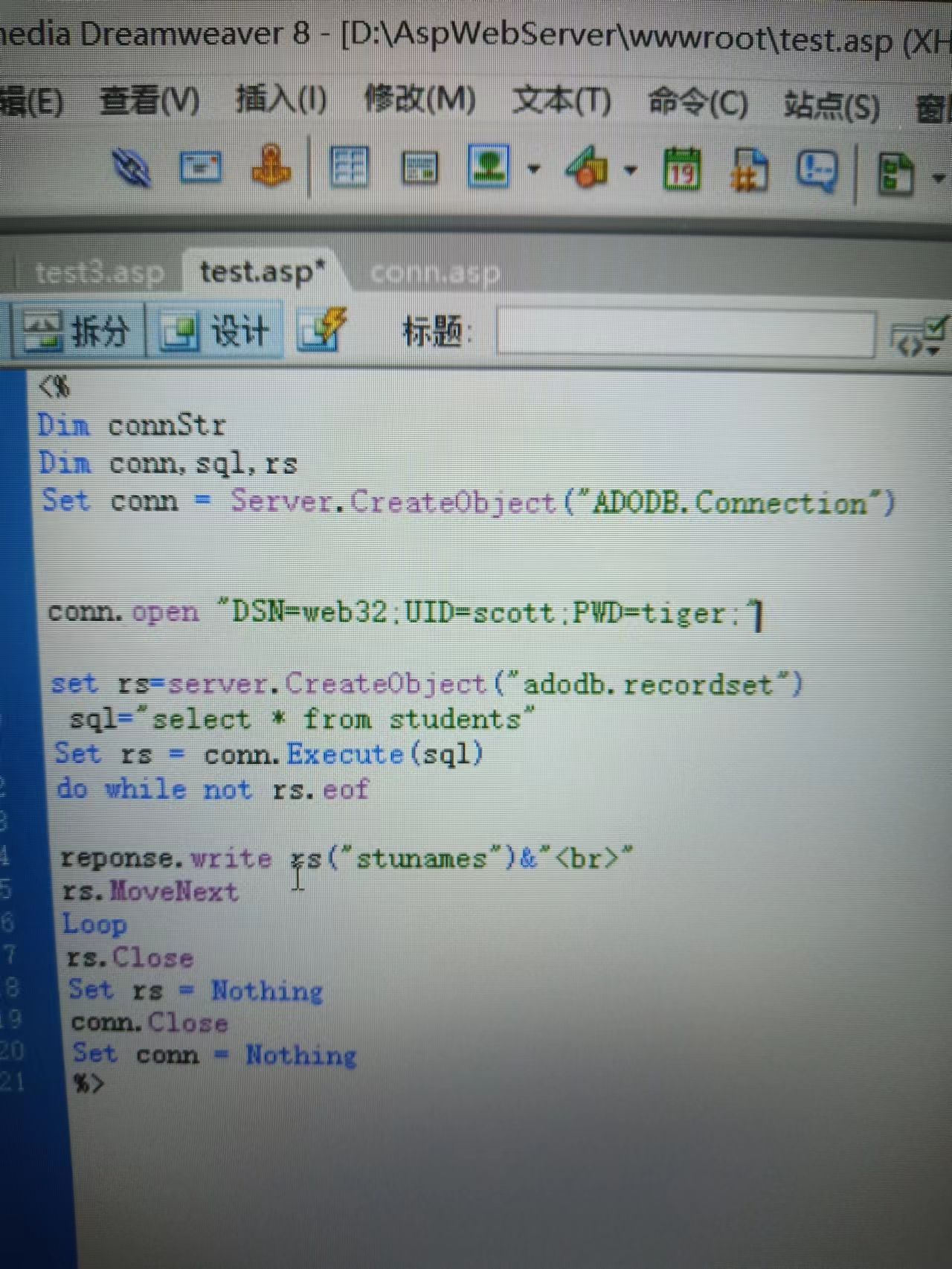
asp读取oracle数据库问题
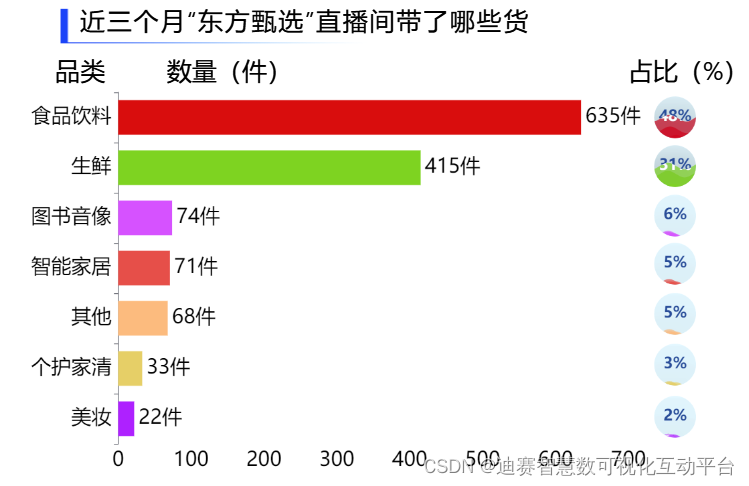
基础图表解读“东方甄选”爆火出圈数据

How to choose indoor LED display? These five considerations must be taken into account
docker启动mysql及-eMYSQL_ROOT_PASSWORD=my-secret-pw问题解决

不要再说微服务可以解决一切问题了

(shuttle) navigation return interception: willpopscope
随机推荐
Ajout, suppression et modification d'un tableau json par JS
The same job has two sources, and the same link has different database accounts. Why is the database list found in the second link the first account
Why are some people still poor and living at the bottom of society even though they have been working hard?
docker启动mysql及-eMYSQL_ROOT_PASSWORD=my-secret-pw问题解决
How does crmeb mall system help marketing?
JS import excel & Export Excel
Dayu200 experience officer runs the intelligent drying system page based on arkui ETS on dayu200
为了交通安全,可以做些什么?
Station B boss used my world to create convolutional neural network, Lecun forwarding! Burst the liver for 6 months, playing more than one million
资产安全问题或制约加密行业发展 风控+合规成为平台破局关键
TDengine 社区问题双周精选 | 第二期
Realize colorful lines and shape your heart
Stop saying that microservices can solve all problems
Les entreprises ne veulent pas remplacer un système vieux de dix ans
Interview question: AOF rewriting mechanism, redis interview must ask!!!
Gpt-3 is a peer review online when it has been submitted for its own research
请问async i/o可以由udf算子实现然后用sql api调用吗?目前好像只看到Datastre
AcWing 4300. Two operations (minimum number of BFS searches)
docker mysql5.7如何设置不区分大小写
mysql查看表结构的三种方法总结
